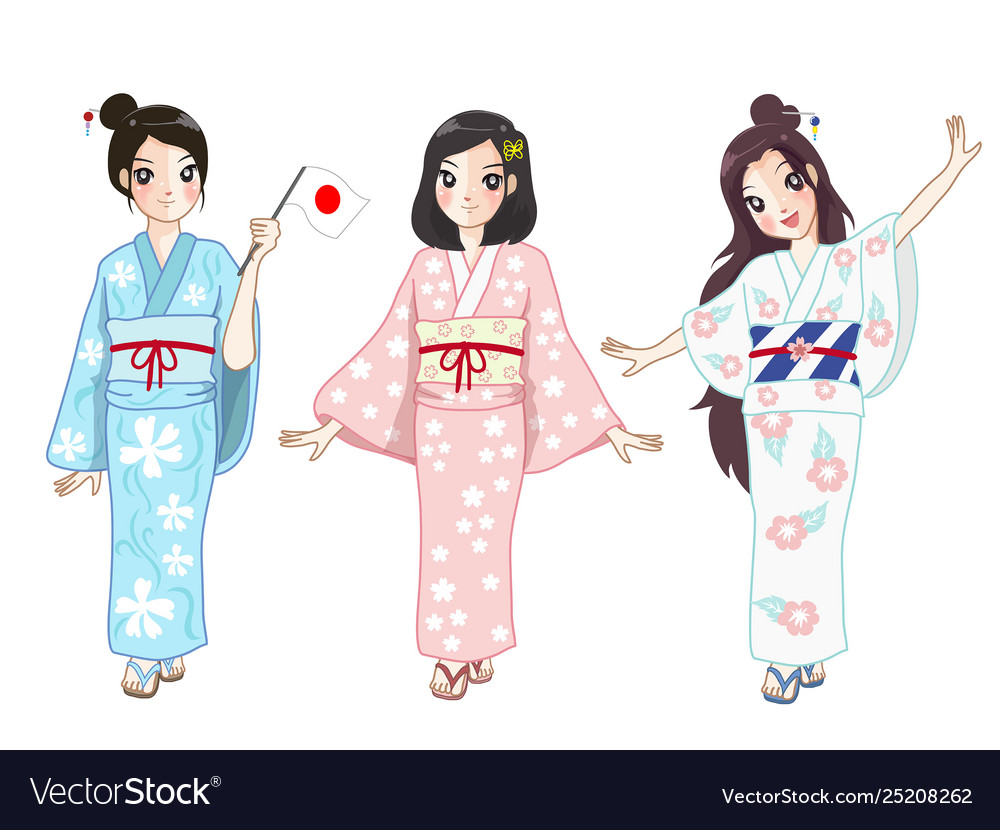Facts, Fiction and Japanese Brides
In the January 19, 1952 edition of The Saturday Evening Post, the article “They’re Bringing Home Japanese Wives” appeared. The tragic suicide of Puccini’s eponymous operatic character, Madama Butterfly, fixes the Japanese war brides as victims doomed by their own desperate attempts to qualify for a middle-class American future. “The great question of how they will fit in and whether they will be welcomed or shunned remains to be answered,” the authors begin, as they proceed to assess expert opinions on “the great exodus now underway,” “the great trans-Pacific jump” . Throughout the article Smith and Worden maintain that doubts about the women’s suitability for suburban life are less the result of U.S. racism than the war brides’ uncertain or lower-class origins. Pointing out that “there are very few highly educated women and virtually no representatives of important Japanese families” , the authors describe the Japanese war brides as “all sorts of people,” an indeterminate source of future troubles. They are repeatedly depicted as naïve young girls fumbling through the Red Cross classes in cooking and cleaning because they lack the sophistication and aplomb to navigate the rigors of middle-class white suburban domesticity. They are sophomoric “youngsters” who “think having their sleek black hair frizzled into dulled mops” makes them American women.

The first is the smallest, and as you progress, the next cups increase in size. Both the bride and groom must drink from each cup three times. It’s less formal, and allows more of the bride’s personality to show through in accessorization. includes a jacket embroidered with his family’s crest in several key places.
The ceremony itself is very formal and usually very private, with only close family and a few guests present. A Japanese wedding ceremony may be Shinto, Christian, Buddhist, or non-religious. Couples choose the style of their wedding ceremony, which might be different from the style that’s typical of their own religion. In ancient times, Japanese weddings were celebrated around a low dining table with neighbors and relatives.
Purposes of this study were to explore the experiences of Filipinas living as foreign wives in Korea and to formulate a substantive theory that explains the basic social process of adjusting to life as a foreign wife in Korea. A content analysis was undertaken to consider the depiction of sexual behaviors in a random sample of videos from the “Asian Women” category of content on Xvideos.
The first make-up of the day was the traditional Japanese bride make-up much like a geisha. Its quite different from her last, more natural look in her pink gown. There is an intermission during the reception to allow the bride and groom to leave the room and change their clothing one more time. The bride, on the other hand, will go through an entire overhaul for the last time. It is common for a bride to wear a brightly colored gown for her last entrance. Many couples now exchange wedding rings, which is one of the traditions borrowed from the West. This is not because the bride and/or groom necessarily believe in the Christian faith, but because it is fashionable.
The results are considered in terms of their potential to influence the perceptions of content consumers. In subjecting this emerging form of “global householding” to scrutiny, we examine consonance and dissonance in expectations and practices of intimate labour between wives and husbands, giving special attention to the role of money in these relationships. We also note that the practices of intimate labour within homespace not only reflect but also reinforce larger structural inequalities of gender, race, culture and citizenship in both national and transnational contexts. The role of aggression in pornographic videos has been at the heart of many theoretical debates and empirical studies over the last four decades, with rates of reported aggression ranging widely.
Unusual Report Finds The Deceptive Methods of Japanese Mail Order Bride
- As picture brides, women often emigrated to new communities without the support of sisters or mothers.
- Dating at the Internet gives so many more contacts than in actual life.
- With families to care for, women had little free time and fieldwork offered daily contact with other women.
- The companionship of others is what women most often remember about their field work days.
- As we have discussed previous, Hard anodized cookware females rarely happy along with the way nearby men deal with all of them.
) married Princess Sadako in the very first Shinto wedding ceremony. , this style is all about the glamour and appeal of a “white wedding.” Japanese weddings are extravagant and expensive affairs — but in some different ways than US weddings. The dream is still of a once-in-a-lifetime event, but the steps are just slightly different. Most of the time, only close family members attend the ceremony itself — everyone else goes to the reception.
Ichioka explains that the early hopes of Issei as settlers in America were founded on the dream of farmland development and ownership https://mailorderbrides.net/japanese-brides/ . Taking the possibility of land ownership away, alien land laws hit at the heart of the immigrants’ claims to American identity.

The Japanese war brides are “women stepping into terra incognita,” and the implied risk to the nation is their invasion and disruption of the imagined space of white middle-class domesticity . Modern Japanese woman cherishes all the fundamental family values. Respect for their spouse and family is a part of their behavioral pattern and Japanese whole culture in general. Japanese mail order brides try to give as much respect to their spouses as they can. The atmosphere in the family has to be friendly and Japanese women make a fierce effort to keep it that way. Be sure you will forget about all the difficulties at work or whatever when you come back home to your lovely Japanese wife.
